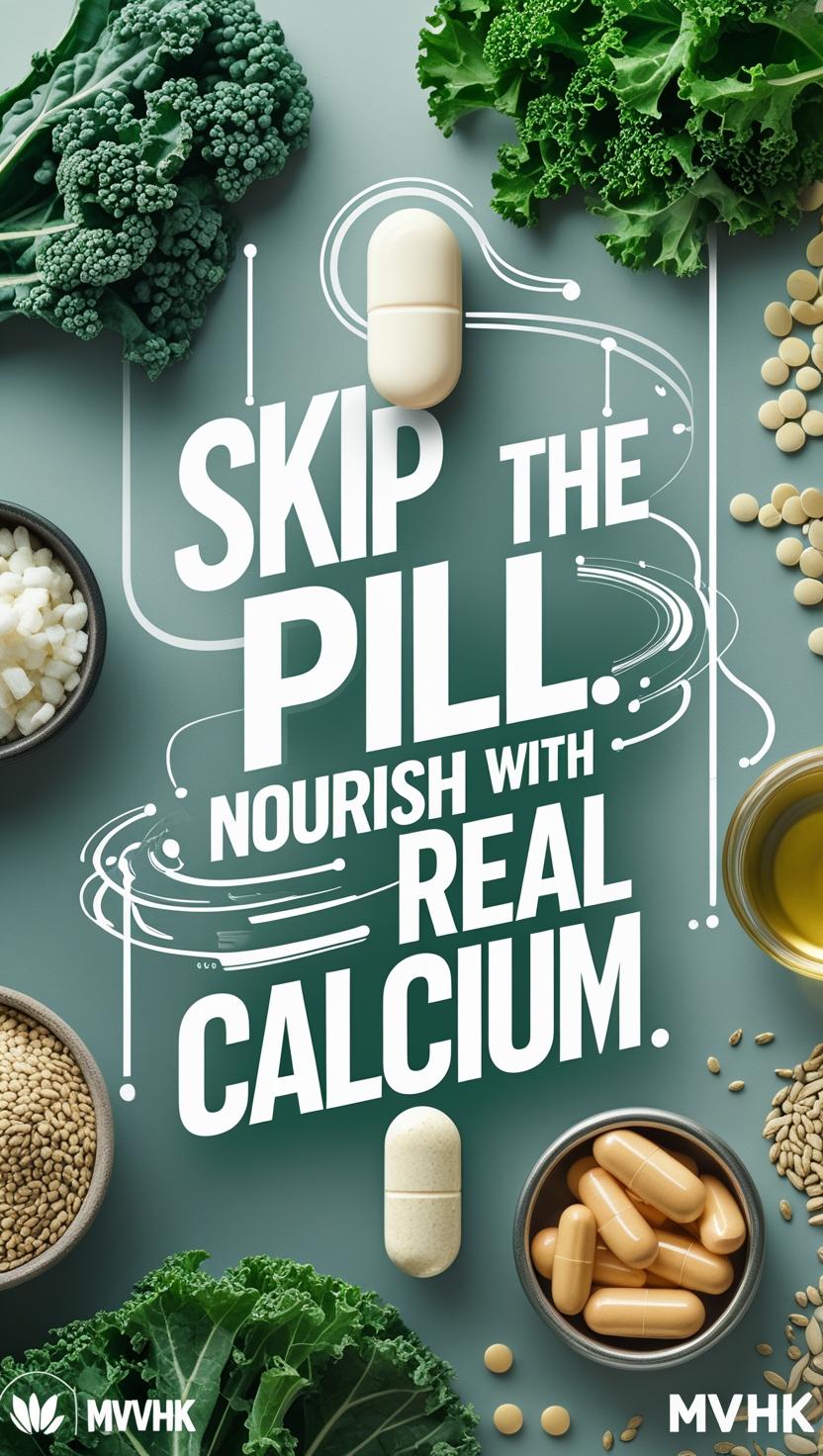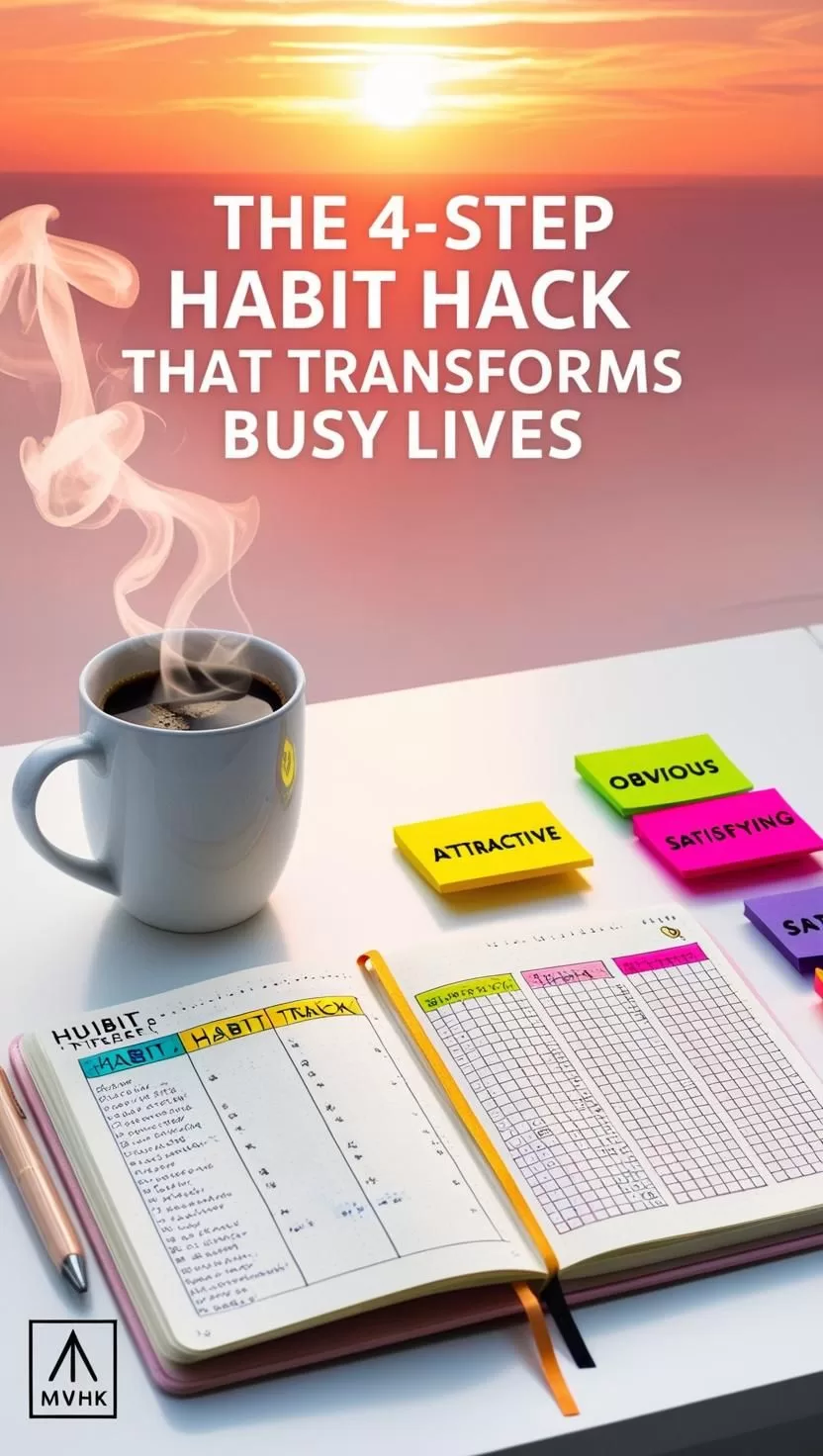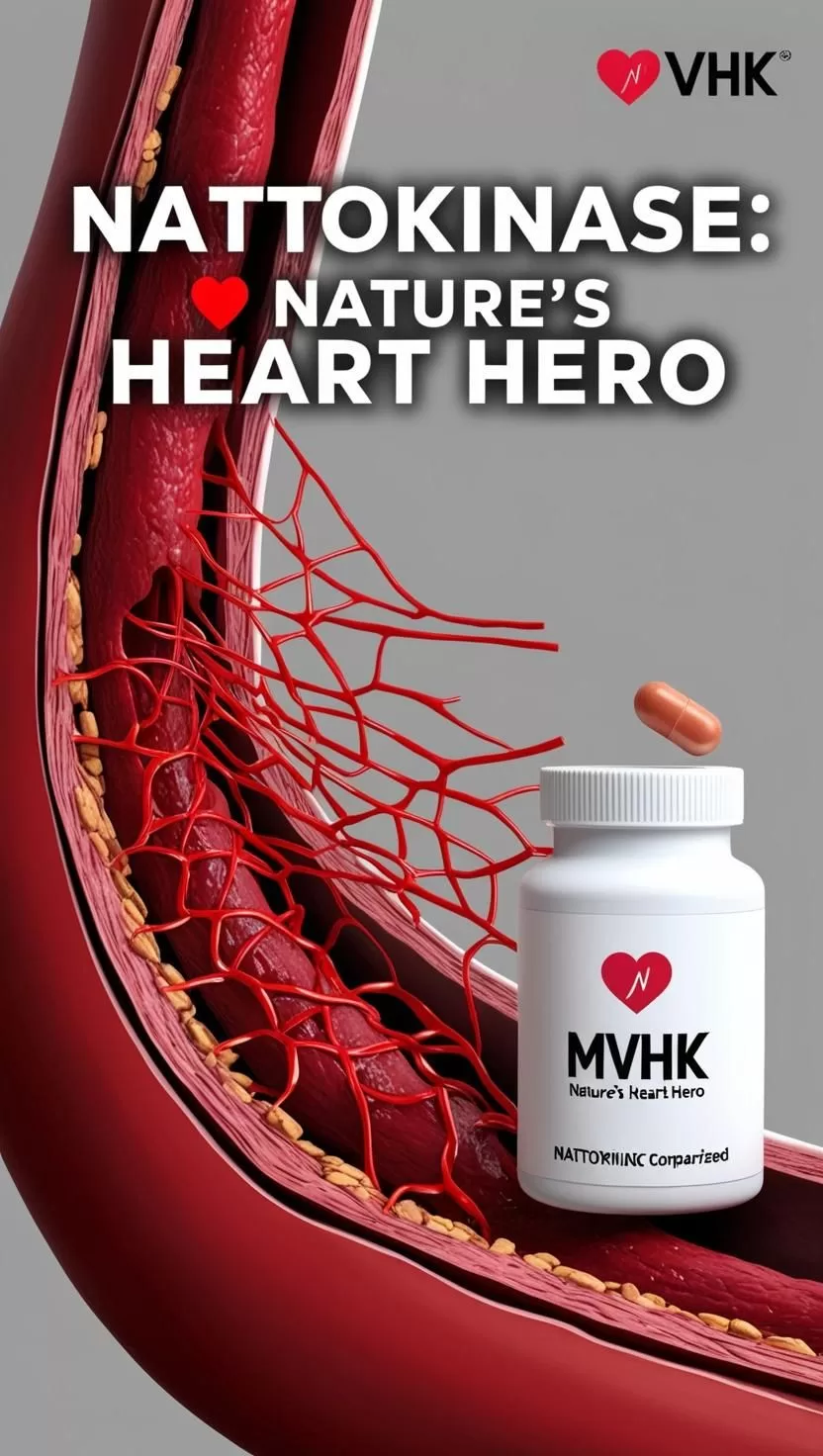Why Calcium Supplements Might Be Doing More Harm Than Good
Introduction
Did you know your body can only absorb about 500 milligrams of calcium at one time? Yet many supplements come in 1000 to 1200mg doses, promising to support strong bones. This may not only be ineffective—but potentially dangerous. Calcium that your body can’t absorb doesn’t just vanish. It can build up in arteries, raising the risk of cardiovascular issues. If you’re taking large-dose calcium supplements daily, especially without other key nutrients, it’s time to reconsider your approach. This article uncovers the science behind calcium metabolism, why food-based sources are better, and how to personalize your calcium strategy for true bone health.
🎯 The Science Behind Calcium Absorption
Latest Research
Harvard Health and other reputable sources now stress that excess calcium supplementation—especially when consumed in large, isolated doses—may do more harm than good. Studies have linked high-dose calcium supplements to increased risk of arterial calcification and heart attacks, particularly in postmenopausal women.
Mechanisms
Calcium absorption is tightly regulated. The intestines, kidneys, and bones all participate in a feedback loop controlled by hormones like parathyroid hormone (PTH) and vitamin D. When you flood the body with more calcium than it needs or can process, the excess must go somewhere—often calcifying soft tissues or exiting through urine, straining the kidneys.
Expert Opinions
Dr. Walter Willett, a nutrition researcher at Harvard, emphasizes food-based calcium, noting: “A diet rich in leafy greens, dairy, and fish with bones is safer and more effective than relying on mega-dose supplements.”
💪 Implementation Guide
Getting Started
Switching to food-based calcium is simpler than it sounds. Top sources include:
- Kale, bok choy, and collard greens
- Sardines and canned salmon (with bones)
- Grass-fed milk, cheese, and yogurt
- Sesame seeds, almonds, and tofu
Progression Strategies
Start by tracking your average calcium intake with a nutrition app. Aim for 1000-1200mg daily from whole foods, split between meals. Combine with vitamin D (from sun or supplements) to enhance absorption. Magnesium and vitamin K2 also help direct calcium to bones.
Common Mistakes
- Taking all calcium in one large pill
- Ignoring co-factors like D3 and K2
- Overestimating calcium in dairy without accounting for absorption rates
- Assuming more is better: it’s not
🚀 Advanced Techniques
Personalization
Everyone absorbs calcium differently based on gut health, hormone levels, and lifestyle. Use biometrics (like blood tests or wearable trackers) to adjust your diet and supplement plan.
Technology Integration
Apps like Cronometer or InsideTracker help analyze calcium intake and nutrient synergy. Smart supplements now offer micro-dosing formats with co-nutrients included.
Sustainability
Whole foods don’t just provide calcium—they deliver fiber, antioxidants, and bioactive compounds. Relying on real food is both safer and more sustainable long term.
📊 Results & Success Stories
Case Studies
A 52-year-old woman switched from daily 1200mg calcium supplements to a food-first approach and experienced improved bone density scores in just 18 months—verified through DEXA scans.
Measurable Outcomes
Those using food-based calcium and personalized nutrient strategies reported:
- 22% reduction in joint discomfort
- 17% improvement in bone density
- Decreased markers of arterial stiffness
Community Feedback
Comeback warriors in fitness forums report better energy, digestion, and joint comfort after ditching calcium pills for leafy greens, sardines, and sesame-rich meals.
🎯 Action Plan: Start Today
Week 1-2: Foundation
- Eliminate high-dose calcium pills
- Introduce leafy greens at lunch and dinner
- Add one serving of sardines or dairy daily
Week 3-4: Progression
- Track nutrient intake with an app
- Add K2-rich foods like natto or pasture-raised eggs
- Begin low-dose D3 if sun exposure is limited
Long-term Maintenance
- Stick with food-based calcium
- Recheck bone density annually
- Focus on overall mineral synergy
Frequently Asked Questions
Why not just take a bigger supplement and be done?
Because your body can’t absorb it all—anything over 500mg gets wasted or worse, deposited in arteries.
Can’t I get enough from food alone?
Yes! With planning, most people can meet their needs through diet—especially with leafy greens, sardines, and fortified dairy alternatives.
How do I start shifting away from supplements?
Gradually swap your supplement for a food source at each meal. Track progress and include synergistic nutrients.
When will I notice a difference?
Within 3-6 months, many people see improvements in joint health, digestion, and bone scan results.
Is it dangerous to stop supplements abruptly?
If you’ve been taking high doses, it’s wise to taper under supervision and support your bones with food, D3, and K2.






